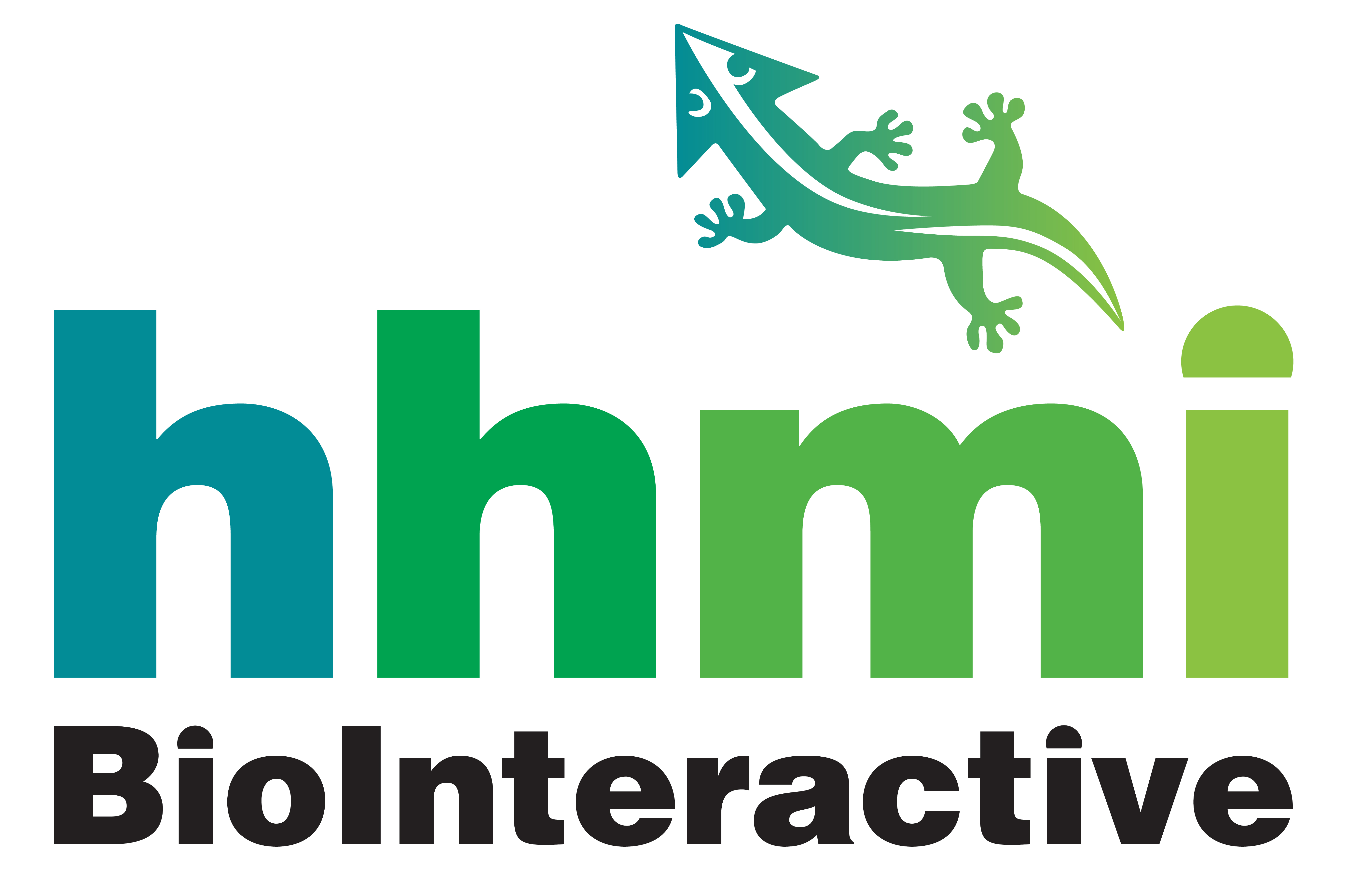The Hidden Kingdom: Island Biogeography with Fungi
Author(s): Erica F Kosal
North Carolina State University at Raleigh
1324 total view(s), 1073 download(s)
Educator_Fungi Island Biogeography_Guide.docx(DOCX | 605 KB)
Educator_Fungi Island Biogeography_Guide.pdf(PDF | 674 KB)
fungi island biogeography_ExcelActivity.xlsx(XLSX | 107 KB)
Student_Fungi Island Biogeography_handout.docx(DOCX | 193 KB)
Student_Fungi Island Biogeography_handout.pdf(PDF | 322 KB)
- https://www.biointeractive.org/classroom-resources/ants-grizzlies-general-rule-saving-biodiversity
- License terms
Description
Fungi are a diverse, but understudied kingdom of organisms in the classroom. In this module, the characteristics of fungi are introduced and then using a dataset, fungi dispersal capabilities and colonization success are examined. Fungi were introduced to different sized petri dishes that represented islands with various concentrations of resources. The colonization success, growth and reproductive capabilities of fungi are examined against the predictions of island biogeography theory. Students will determine which statistical tests are appropriate to use given the data and then determine what some long-term impacts of the study may be.
Student Learning Objectives
- Understand the roles that fungi play in the environment
- Summarize how fungi sexually reproduce and disperse their spores
- Identify the diversity in fungi groups and in relationships with other organisms
- Apply island biogeography theory
- Construct graphs to illustrate predictions for an experiment
- Analyze data to compare different treatment results
- Calculate means and standard deviations
- Make claims based on scientific evidence and use scientific reasoning to support the claims
Cite this work
Researchers should cite this work as follows:
- Kosal, E. F. (2020). The Hidden Kingdom: Island Biogeography with Fungi. HHMI BioInteractive Data Explorer FMN (2020), QUBES Educational Resources. doi:10.25334/FGQX-7040
